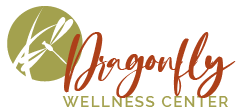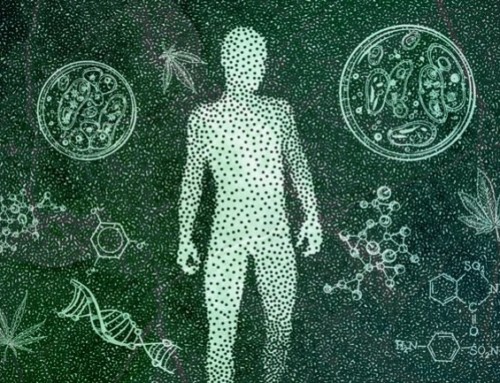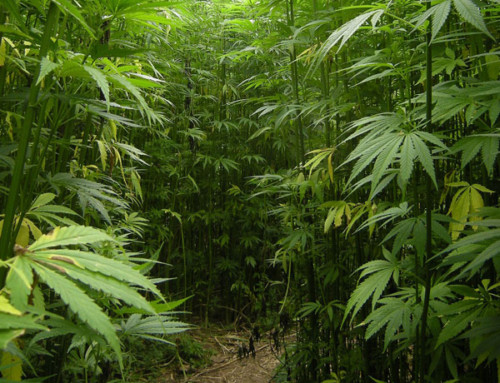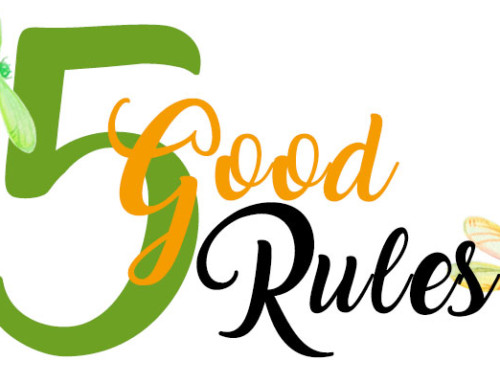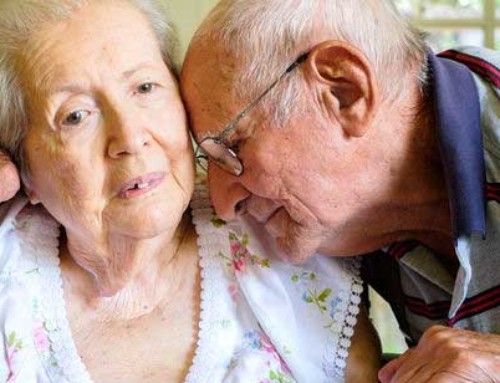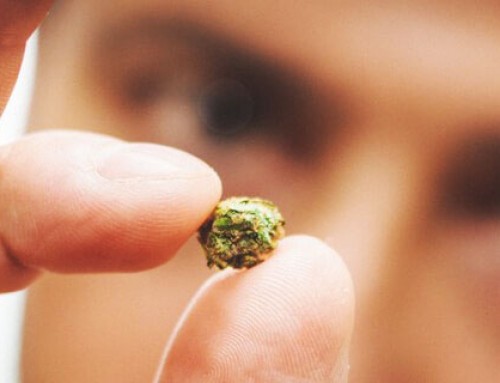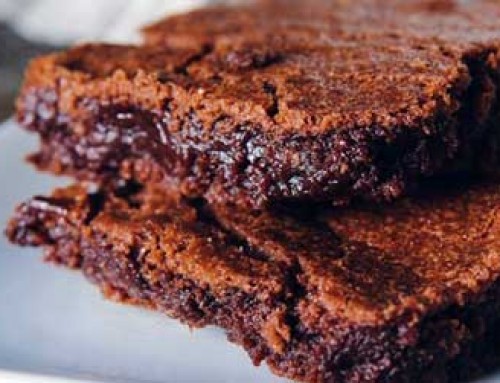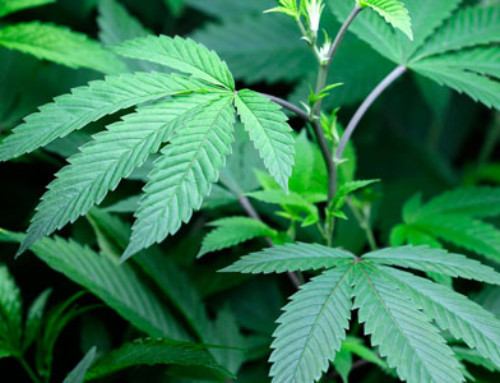Understanding CBD
by Jude Thilman
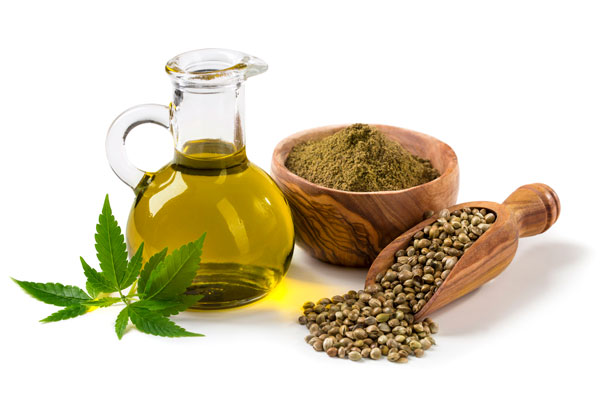
Overview
Over the past decade, cannabidiol, or CBD, has become the rock star of cannabis medicine. Its structure was first fully identified in 1963, yet it only recently has assumed a prominent place in both clinical practice and in state-by-state legalization. Why is CBD so popular? CBD doesn’t get you “high.” Therefore, the common public perception is that CBD is the “good” part of cannabis while THC is the “bad” part. This couldn’t be further from the truth.
First a Little Science: What is CBD and How Does It Work?
CBD, along with other cannabinoids in the plant, interacts with a biochemical communication system in the human body, the Endocannabinoid System (ECS). The ECS’s principal role is to maintain homeostasis, or balance, of all our body’s biological systems. The ECS basically regulates our mood, physiology, and everyday experience of ill or good health.
The ECS consists of a group of cells, receptors and neurotransmitters. CBD fits into the ECS receptors like space ships hitting a docking site, activating the receptors and bringing the organism back into balance.
CBD works in the body along with many other chemical compounds derived from the cannabis plant including THC, CBN, CBG, THCA, THCV and others being studied. But one thing that has been confirmed is that these chemicals heal through a process called the entourage effect.
The entourage effect refers to the dynamic, living interaction of chemical compounds in plants and in our bodies. The key point is that the therapeutic impact of the whole plant is greater than a single compound or even the sum of the plant’s individual medicinal components. The entourage effect is either greatly diminished or negated entirely when single molecules are isolated from the rest of the cannabinoids in the plant.

CBD is Effective Medicine
While 24 states have legalized the medical use of cannabis, 15 states have only limited access to CBD strains alone, without the addition of its sister cannabinoid, THC. But clinicians know that CBD works better when combined with THC and other cannabis components. For example, CBD helps THC in its cancer-killing function while lessening its psychotropic effect. Small doses of THC add an analgesic quality to CBD and, if micro-dosed correctly, will not get you “high.”
CBD is one of the strongest anti-inflammatories known, and can effectively treat a wide range of conditions including chronic pain, epilepsy, cancer, GI disorders, Parkinson’s, autoimmune diseases, diabetes, arthritis, PTSD and TBI, cardiovascular disease, anxiety, depression, autism, multiple sclerosis, mood disorders, insomnia and more.
How to Take CBD
CBD is most effective when delivered directly into the body’s blood stream, where it can locate and “dock” with ECS receptors. The most effective way to transmit the whole cannabinoid profile, thus benefitting from the full entourage effect, is through the oral mucosa, or membrane of the mouth. Here are some of the best choices for CBD delivery systems.
- Tinctures – Tinctures, administered by swishing in the mouth, provide the most effective delivery method. The medicine absorbs into the bloodstream through the oral mucosa. When cannabinoids are absorbed into the blood stream, these chemical compounds work with the ECS to restore homeostasis, or balance, in the system – and they begin to HEAL on the cellular level, not just treat
- Lozenges – Lozenges are best melted in the mouth before swallowing, making them as effective as tinctures in reaching the blood stream without breaking down in the digestive tract. Lozenges are also portable, allowing for discreet consumption on the
- Chews, Candies – If allowed to melt in the mouth, these can be as effective as tinctures and lozenges. Watch out for lots of ‘extra’ ingredients that you don’t need or want in your system, such as sugars, corn syrup, starch, emulsifiers,
- Suppositories – The speed of this method of delivery is similar to tinctures, but are most useful for patients who cannot tolerate anything in the mouth (e.g., infants, patients with oral cancers, etc.)
- Topicals (oils, salves, creams, balms), transdermal patches – These medicines, applied directly to the skin, work locally on the affected body part. They can give excellent pain relief, especially when combined with low dose THC in the
CBD Dosing
CBD is non-psychoactive — it doesn’t get you “high” — so dosing your CBD medicine doesn’t have to be a scary thing. You can’t overdose. With herbal medicine, because it is individuated, the patient is in charge of his or her dose. One person’s dose may not work for the next person, even if they are both treating the same condition. Your dose depends on how you feel, how you are experiencing improvement from symptoms, how you and your health care provider are measuring that improvement, and other individual indicators that balance is, or is not, being restored to your body.
Herbs work slowly, engaging the body’s healing processes on a cellular level. Patience is required; natural healing doesn’t happen overnight. The good news is that there are few, if any, side effects. You can’t overdose. The “bad” news is that herbal medicine interacts with you as a unique individual.
Dosing, as well as delivery system and ratio of CBD to other cannabinoids, requires experimentation. Sometimes you just have to “change it up” to figure out what will work best for you. (See general guidelines for Choosing and Using Your Cannabis Medicine Wisely.)
CBD Full Spectrum Extract vs Single Molecule Products
Studies have confirmed the greater effectiveness of whole plant CBD extracts, in comparison with single molecule treatments, which constitute the current R&D trend.
- Published in September 2018, a meta-analysis of CBD treatment of epilepsy shows that CBD is more effective in treating epilepsy than CBD isolates. The meta-analysis focused specifically on three kinds of childhood seizures (Dravet, Lennox-Gastaut, and those caused by CDKL5 deficiency), and sought to describe the effectiveness, required doses, and side effects associated with cannabidiol. The Brazilian scientists specifically compared dose requirements resulting in seizure reduction. They compared whole plant CBD with an FDA-approved pharmaceutical CBD isolate. The results showed a dramatic difference with better outcomes for the 670 patients. Seventy-one percent of people using CBD-rich extracts had reduced seizure frequency, compared with 46% of those using CBD isolates. Researchers concluded that whole plant CBD offered a better therapeutic profile than purified CBD.
- An Israeli study, published in the journal Pharmacology & Pharmacy (Feb. 2015), offered extensive evidence that lower amounts of whole plant CBD relative to single molecule CBD, produced better and more sustained benefits.
- In June 2018, Spanish scientists documented the superior potency and anti-cancer efficacy of a full spectrum cannabis oil extract compared to a single molecule cannabinoid (THC) in a breast cancer study. (Biochem Pharmacol. 2018 Nov;157:285-293. Epub 2018 Jun 27.)
- A June 2018 Israeli study confirmed the relatively greater effectiveness of whole plant cannabis in the treatment of colorectal cancer, specifically due to the synergistic qualities of the various chemical compounds. (Cannabis Cannabinoid Res. 2018 Jun 1;3(1):120-135.)
Science is on the side of natural, whole plant cannabis medicine being medically applied within an herbal treatment framework. Patients and providers both would do well to keep an eye on these continuing studies, as they will shape both the marketplace and patient healing outcomes for some time to come.
Our thanks to Project CBD for providing constantly updated information on the wonders of CBD. Visit their website for more detailed information.
